The Best Exercise and Diet Plans for Home Workout Beginners

Diet and exercise. Your best buddies when it comes to your fitness goals.
Whether you want to lose weight, get toned, or improve your endurance, you just can’t do one without the other.
Why?
We’ll tell you all that and more (read sustainable diet and exercise plans) right here.
Let’s do this!
Why are exercise and diet important for fitness and weight loss?
Weight loss boils down to one thing – a calorie deficit. Meaning you have to burn more calories than you consume.
You need to burn 3500 calories just to shed 1 pound of weight! That’s 500 calories per day if you want to lose that pound in a week.
Now if you had to burn those calories through dietary changes or exercise alone, you would have to either starve yourself or work out for hours. Both highly impractical.
What would be more realistic, is burning 250 calories through exercise and chopping off 250 calories from your daily intake.
And here’s another reason you need both.
When you diet without exercise, you don’t just lose weight, you lose lean muscle mass that leads to your metabolism slowing down.
This means all that weight that you lost will come right back.
Bottom line: Diet and exercise are EQUALLY important if you want to achieve your fitness goals.
How to create a diet plan that works
Most diet plans are based on calorie counting. Sure, it is quite effective for a lot of people.
But sometimes it can be difficult to track calories of every single thing you eat, every single day. Plus this approach can take the joy out of eating and cause you to quit too early.
So, then how do you create a sustainable diet plan?
1. Ditch processed food for whole foods
Remember the famous “No one can eat just one” slogan by Lay’s potato chips?
So, why can’t we “eat just one” when it comes to processed foods?
It’s because these foods are hyper-palatable, meaning they are made with the perfect ratio of sugar, salt, and fat that bypasses our body’s normal fullness mechanisms.
So not only do you not feel full, but you’ve also ended up consuming way too many calories.
Instead, focus on whole foods including
- Fruits & vegetables
- Whole grains
- Beans & lentils
- Dairy
- Meat & Seafood
- Nuts & Seeds
Tip: If you want the occasional “unhealthy” snack, take a small portion of it in a bowl, rather than eating it straight out of the packet.
2. Befriend fiber
Loading up on high-fiber foods such as fruits and veggies is a sure-shot way of keeping you full for longer.
These foods have a lower calorie density – meaning they contain fewer calories per 100 grams. That means you could eat large portion sizes of these foods without worrying about your calorie intake.
According to a 2019 study, it was seen that people who ate calorie-rich foods consumed twice as many calories per day to satisfy their hunger, as compared to those who ate low-calorie-density foods!

3. Partner with protein
Do you know what makes protein doubly awesome?
Not only does protein boost your metabolic rate and burn more calories, but it also increases your satiety and lowers your appetite so that you consume fewer calories!
So go ahead and pump up the protein in your diet with foods such as
- Eggs
- Buckwheat
- Sprouted green grams
- Tofu
- Cottage cheese
- Lean pork
- Chicken breast
4. Use the right portion sizes
Just because you’re eating the right type of food, doesn’t mean you ignore the quantity. And that’s where portion sizes come into the picture.
Your hand can be the best tool to estimate the right portion sizes for you.
Why?
Because your hand size would be proportionate to you. And you don’t need measuring cups and spoons, so that makes it super convenient, right?
Here’s what 1 portion looks like:
Protein = 1 palm
Carbohydrates = 1 cupped hand
Fats = 1 thumb
Vegetables =1 fist
5. Practice mindful eating
Grabbing a slice of toast on your way to work.
Munching on popcorn while bingeing on movies.
Sound familiar?
That’s mindless eating, a.k.a. your fitness goals’ worst enemy!
So how do you eat “mindfully”?
- Sit down while eating
- Eat slowly. Don’t gobble up your food, chew it well.
- Tune out all distractions – phones, TVs, gadgets – so that you can concentrate on WHAT you’re eating
- As you eat, be aware of when you’re starting to feel full. This is usually about 20 minutes from when you start eating.
6. Sleep well
Did you know that sleep has a huge impact on your “hunger hormones” – ghrelin and leptin?
When these hormones are out of whack, it can cause an increase in appetite and a higher risk of obesity!
Plus, studies also show that sleep-deprived people tend to indulge in late-night snacking. These people also experience an intense craving for high-sugar & high-carb foods. No surprise there, as these foods give your body the instant burst of energy that it needs when it is sleep-deprived.
So, sleep tight every night and your body will thank you for it!
Now let’s talk about the 2nd part of your fitness goal equation, i.e. EXERCISE.
How to create an exercise plan for home workouts
Having a properly planned workout schedule is imperative if you want to see the results that you want.
Plus when you have some structure, you’ll know exactly what to do for each of your workout sessions and you don’t have to waste time hunting for resources, equipment, etc.
Let’s get into it!
1. Determine your fitness goal
The first step to starting a fitness program at home is to define your goal.
Do you want to lose weight? Bulk up? Build more strength?
Keep in mind that your goals should be realistic. For instance, losing 0.5 kg a week is a realistic weight loss goal.
Once you figure out your goals, it’ll be easy to track your progress and stay motivated.
2. Create a balanced exercise plan
Being a cardio bunny just won’t cut it. It’s all about balance.
Here are the 3 types of exercises you need to include in your workout schedule.
a. Cardio or aerobic exercises
Aim for at least 150 minutes of moderate aerobic exercise or 75 minutes of vigorous aerobic activity per week, or a mix of the two.
Moderate activities include brisk walking, dancing, cycling, etc. and vigorous activities could be anything from jogging and running to jumping rope.
b. Strength Training exercises
Include at least 2 strength training sessions per week for all major muscle groups.
Ensure that you rest for 24 hours between successive sessions to give your muscles a chance to repair and recover.
c. Flexibility exercises
Add a stretch session at the end of all your workouts. You could even dedicate one day a week for flexibility and stretching exercises if you prefer.
3. Gather equipment
First things first. Get a good pair of shoes and some comfortable athletic wear.
Next, depending on the type of exercises that you plan to incorporate into your workout routine, you might need to pick up some basic equipment, such as:
- A jump rope for cardio
- A set of resistance bands and a few sets of dumbbells (light, medium, and heavy) or a set of adjustable dumbbells for strength training.
- A yoga mat and a yoga block for flexibility exercises
As you advance in your fitness journey, you could even consider setting up a home gym.
4. Start slowly
Don’t make the mistake of trying to do too much too soon. You don’t want to be aching so hard that you quit exercising altogether.
So start with 2 to 3 days of cardio and 2 days of strength training per week. Each session could last 20 to 30 minutes.
If you can’t carve out time for a 5-day schedule, combine both types of exercises and work out 3 days a week.
As you get stronger and your stamina improves, you can gradually increase your workout time.
Pro tips:
- Warm-up before and cool-down after every session
- Use proper form
- Stop if you experience pain, nausea, giddiness, etc.
For more beginner workout tips, read this.
5. Plan your workout program
Now, decide the kind of exercises you want to include in your workout routines.
Here’s what a sample beginner workout program might look like.

For your cardio sessions, check out our 5 best jump rope workouts for beginners.
For sample strength training routines, have a look at our guides to beginner’s weight lifting and toning routines.
6. Assess your progress and advance your program
Unless you track your progress, how will you know if you’re hitting your fitness goals, right?
So, here’s how you do it:
- Use fitness apps or maintain a fitness journal. Record your workout time, intensity, frequency, etc. For strength training exercises, you should record the amount of weight, and the number of reps and sets.
- Click progress pictures. Ensure the photos are consistent (same time of the day, pose, lighting, etc.)
- Record body measurements. Measure your waist, chest, arms, thighs, etc., and track the changes.
After the initial few weeks of starting your exercise program, you would start seeing changes in your body in terms of body fat percentage, weight, endurance, etc.
But after a point, you might not see any further improvement as the exercises you’re doing might not be challenging your body enough. And this is when you have to adapt your program.
Say you’ve been walking 15 minutes a day, 4 times a week as part of your cardio routine. You could do one or more of the following to advance:
- Increase it to 30 minutes a day
- Increase it to 5 times a week
- Add small bursts of jogging or incline walking into your routine
- Try a different activity like jump rope, swimming, or bicycling
With weight training, you should regularly increase the amount of weights, the number of reps, and the number of sets to keep pushing your body.
So, keep adapting and evolving your program and you’re sure to crush those fitness goals!
Final thoughts
Losing weight or achieving any other fitness goal doesn’t have to be intimidating.
Strike the right balance between your diet and your exercise and be amazed by the results!
About Burnlab
Burnlab is a company by fitness lovers for fitness lovers and enthusiasts.
Burnlab provides premium, reliable, best-in-category, quality workout gear that is curated for performance, the right function, and body support at affordable prices.
We carry products across various categories in fitness.
Jump ropes, gym gloves, resistance bands and tubes, yoga mats and accessories, ab rollers…You name it, we got it!
Want to take a closer look at our products? Visit our website today!
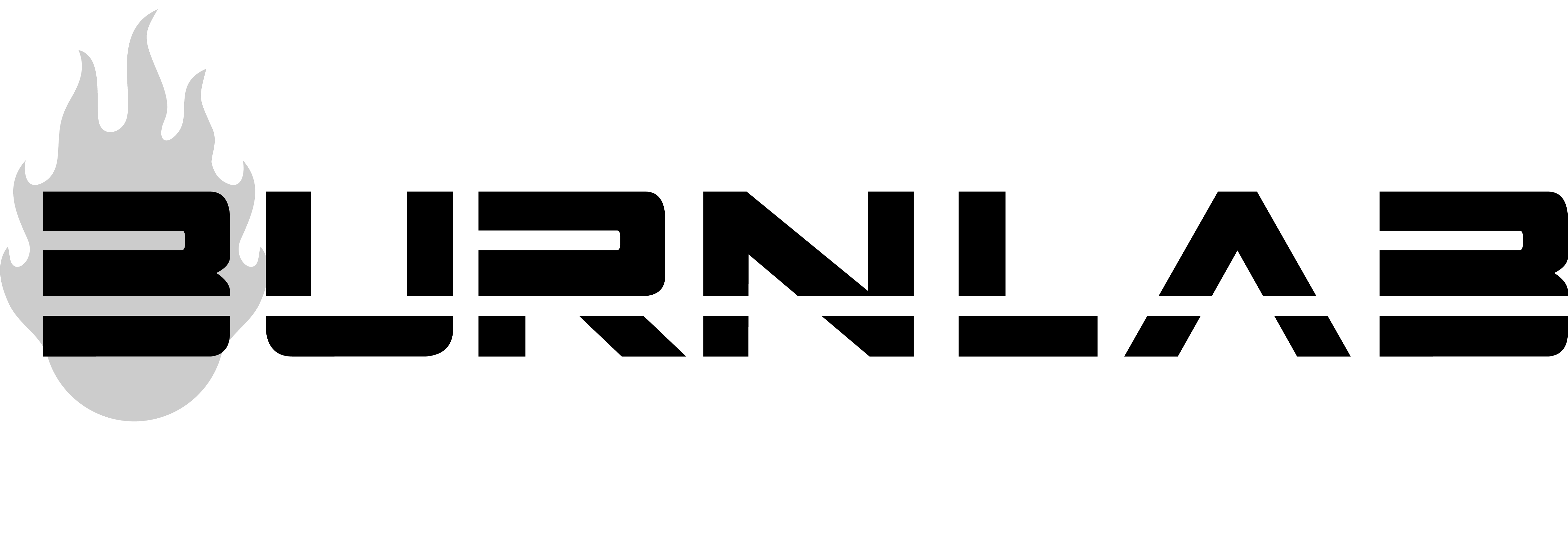

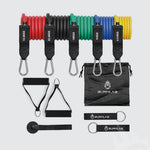
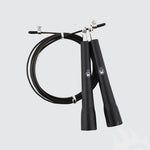
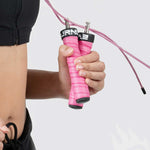
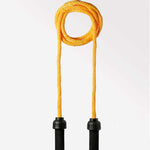
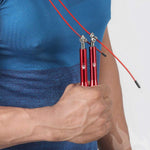
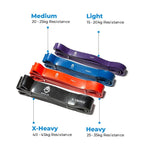

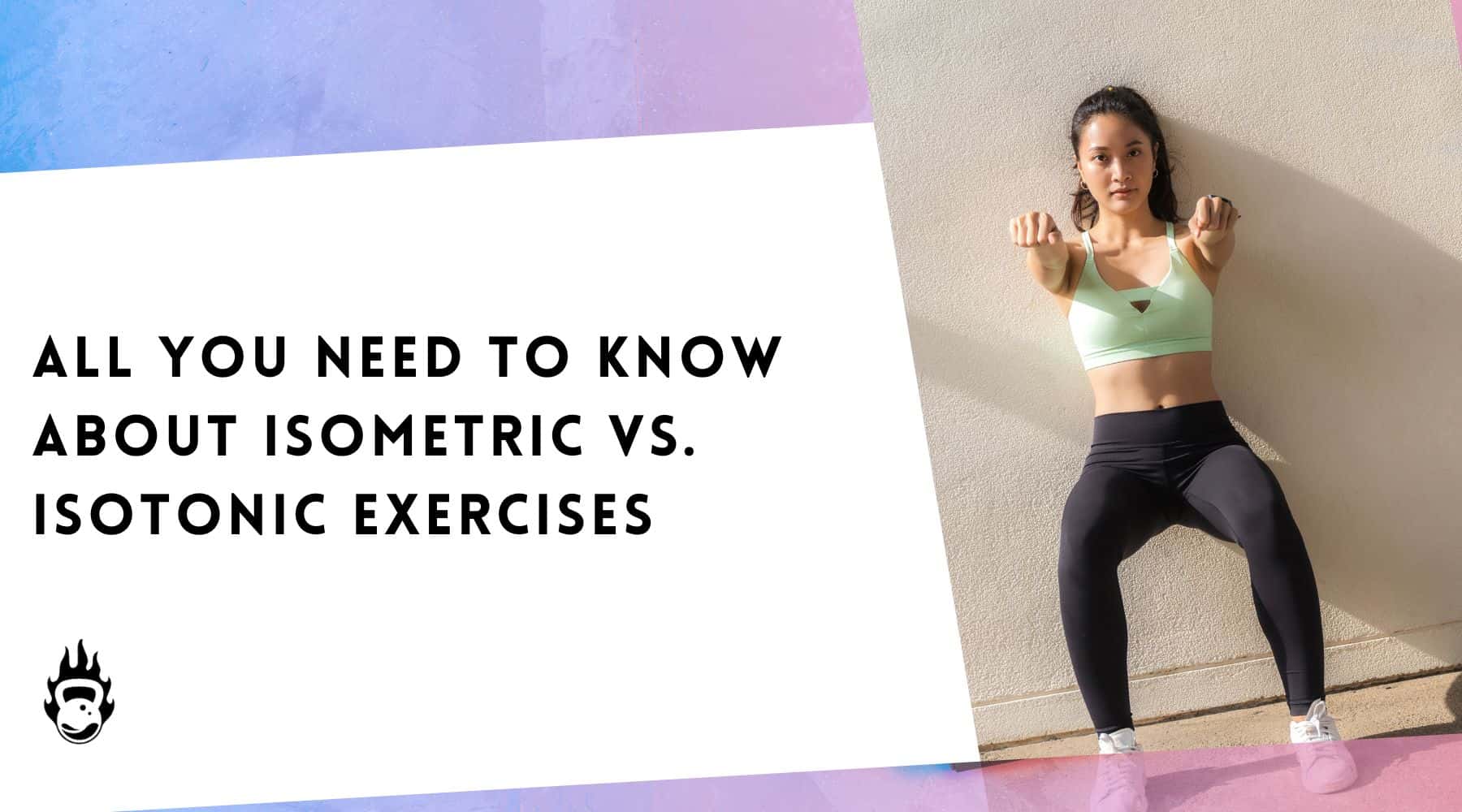


It was very helpfull thanking you best regards.
Leave a comment